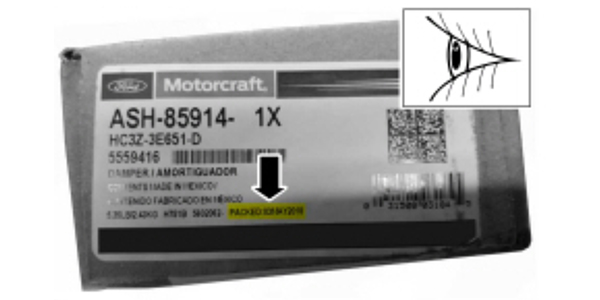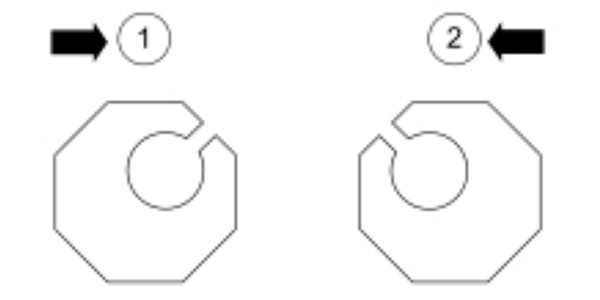Model
2017-2019 F-Super Duty
Issue
Some 2017-2019 F-250/F-350 4WD vehicles built on or before July 31st, 2018, may exhibit a sustained steering wheel oscillation after driving over rough pavement or an expansion joint above 45 mph.
Action
Follow the Service Procedure steps to correct the condition.
1. Confirm the customer complaint that the vehicle exhibits a sustained steering wheel oscillation after hitting rough pavement or an expansion joint at speeds above 45 mph.
-Yes, proceed to Step 2.
-No, this article does not apply.
2. Does the vehicle have aftermarket modifications to the chassis, steering or suspension systems?
-Yes, this article does not apply. Recommend to the customer that all aftermarket modifications to the chassis, steering and suspension systems should be removed.
-No, proceed to Step 3.
3. Check and adjust the tire pressure as indicated on the driver’s door placard.
4. Remove the steering linkage damper. Test the damper for lag/lash. Place the steering linkage damper in the vertical position so the tapered stud end is at the top and the bushing end is at the bottom. By hand, attempt to compress and extend the damper. Lag/lash is most likely to be noticed when transitioning from extension to compression, constant resistance should be felt.
5. Is any lag/lash felt?
-Yes, proceed to Step 6.
-No, install the steering linkage damper back in the vehicle.
6. Obtain a new steering linkage damper. Check the steering linkage damper package date code. Does the package date code indicate a package date on or after May 1st, 2018? See Figure 1.
-Yes, replace the steering linkage damper. Repair is complete.
-No, repeat Step 6 until a steering linkage damper is received with a package date code on or after May, 1st 2018.
7. Reduce the front caster of both front wheels to the lower end of the specification without exceeding the limit. The front camber, cross-camber and cross-caster should be set as close as possible to the nominal specifications found in service information. Figure 2 provides the optimal starting position of the alignment bushing when performing the caster adjustment.
Courtesy of ALLDATA.















